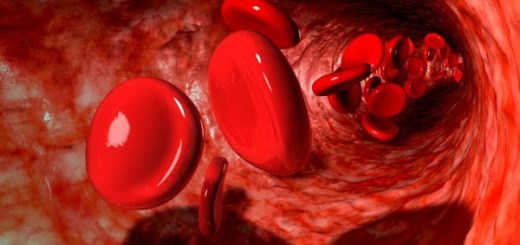SICKLE CELL DISEASE MONITORING
Sickle cell disease (SCD) is a genetic disorder that affects the production of hemoglobin, a protein in red blood cells that carries oxygen throughout the body. People with SCD have abnormal hemoglobin molecules that can cause the red blood cells to become rigid, sticky, and sickle-shaped. These cells can get stuck in small blood vessels, leading to pain, organ damage, and an increased risk of infection. Managing SCD requires ongoing monitoring and careful attention to symptoms and complications. Here are some key aspects of SCD monitoring:

- Regular check-ups with a healthcare provider
People with SCD should have regular check-ups with a healthcare provider who is familiar with the condition. This may be a hematologist, a doctor who specializes in blood disorders, or a primary care provider who works closely with a hematologist. During these check-ups, the provider will monitor the patient’s symptoms, check their blood counts, and assess their risk of complications. - Blood tests: Blood tests are an important part of SCD monitoring. These tests can help providers identify changes in the patient’s blood counts or detect signs of complications such as infection or organ damage. Some common blood tests for people with SCD include:Complete blood count (CBC): This test measures the levels of red blood cells, white blood cells, and platelets in the blood. Hemoglobin electrophoresis: This test can help determine the type of hemoglobin a person has and whether they carry the sickle cell trait or have SCD.
- Reticulocyte count: This test measures the number of young red blood cells in the blood, which can be a sign of how quickly the body is making new red blood cells to replace the old ones. Imaging tests: In some cases, providers may recommend imaging tests such as X-rays, ultrasounds, or magnetic resonance imaging (MRI) to help monitor SCD complications such as organ damage or stroke risk.
- Pain management:Pain is a common symptom of SCD, and people with the condition may experience pain episodes, or “crises,” that can last for days or weeks. Providers will work with patients to develop a pain management plan that may include over-the-counter or prescription pain medications, physical therapy,and other strategies to help manage pain.
- Preventive care:Preventive care is an important aspect of SCD monitoring. People with SCD are at increased risk of infection, so providers may recommend vaccines such as the flu shot or pneumonia vaccine to help prevent illness. Patients may also need to take antibiotics to prevent infection or prophylactic medications to reduce the risk of stroke or other complications.
Overall, SCD monitoring is a lifelong process that requires ongoing attention to symptoms, blood counts,and potential complications. With regular check-ups and a comprehensive care plan, people with SCD can manage their condition and reduce their risk of complications




Recent Comments